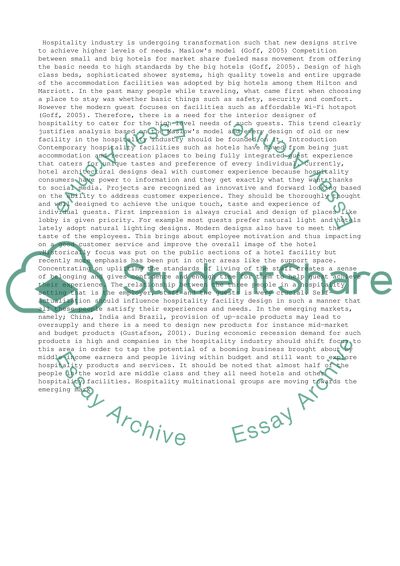Cite this document
(“How Market, and Societal, Trends and Pressures are reflected in the Speech or Presentation”, n.d.)
How Market, and Societal, Trends and Pressures are reflected in the Speech or Presentation. Retrieved from https://studentshare.org/management/1402795-how-market-and-societal-trends-and-pressures-are
How Market, and Societal, Trends and Pressures are reflected in the Speech or Presentation. Retrieved from https://studentshare.org/management/1402795-how-market-and-societal-trends-and-pressures-are
(How Market, and Societal, Trends and Pressures Are Reflected in the Speech or Presentation)
How Market, and Societal, Trends and Pressures Are Reflected in the Speech or Presentation. https://studentshare.org/management/1402795-how-market-and-societal-trends-and-pressures-are.
How Market, and Societal, Trends and Pressures Are Reflected in the Speech or Presentation. https://studentshare.org/management/1402795-how-market-and-societal-trends-and-pressures-are.
“How Market, and Societal, Trends and Pressures Are Reflected in the Speech or Presentation”, n.d. https://studentshare.org/management/1402795-how-market-and-societal-trends-and-pressures-are.


